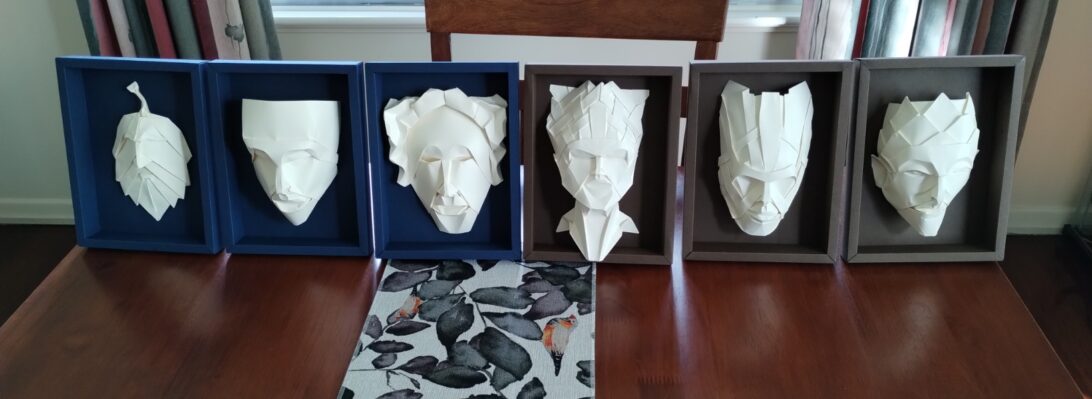For me, September 11 2001 was the day the world lost it, in a big way. Senseless acts of violence were met with years of senselessly violent retaliation and witch-hunts, government sanctioned genocide and publicly celebrated religious fanaticism. There were no winners – we as a species did little to justify our position atop the food chain:
A symbol of peace in the origami community is the crane, there is a branch of the craft that looks to incorporate cranes into other models. this intricate and often torturous craft can result in some stunningly complicated folding – this one by Jeremy Shafer is called “The Star of Peace”.
Using a technique termed “isolating squares”, you reserve unfolded squares and crumple all else out of the way and in this care we end up with a 3d star with a ring of 4 cranes flying around the top layer. The container is waterproof (like a fancy waterbomb).
I fold this with mixed emotions – the media has so skewed the events leading up to and after 9/11 that it leaves me with an even stronger resolve against war, military action and religion … you get that. I live in hope that the human spirit continues to emerge from the morass, looking for ways to help, positive actions that build the dignity of people and erase the artificial barriers of race, creed and sect.
Imagine there’s no heaven, it’s easy if you try
No people below us, above it’s only sky
Imagine all the people
Living for today
Imagine there’s no countries, it isn’t hard to do
No need to kill or die for and no religions too
Imagine all the people
Living life in peace
You may say I’m a dreamer
But I’m not the only one
I hope someday you’ll join us
And the world will live as one
Imagine no possessions I wonder if you can
No need for greed or hunger a brotherhood of man
Imagine all the people
Sharing for the world
You may say I’m a dreamer
But I’m not the only one
I hope someday you’ll join us
And the world will live as one
You may say I’m a dreamer
But I’m not the only one
Take my hand and join us
And the world will live, will live as one
John Lennon, “Imagine”.














































